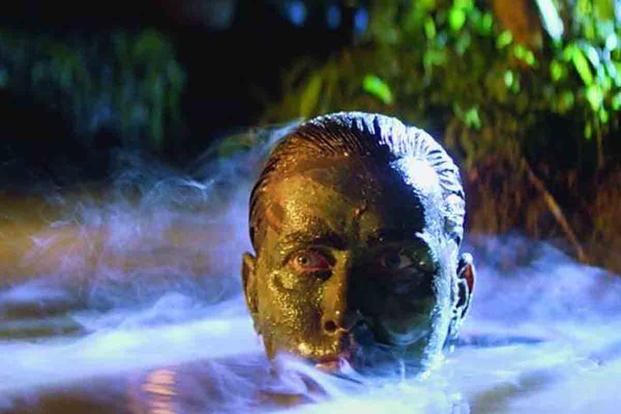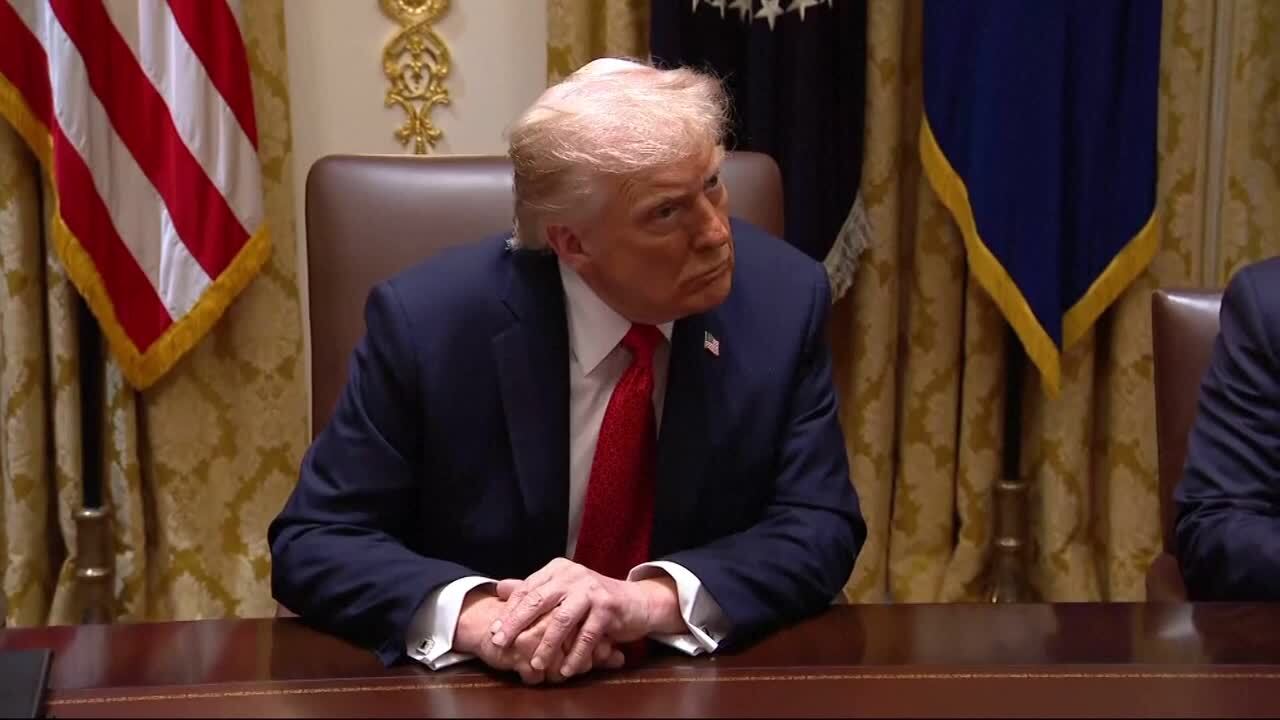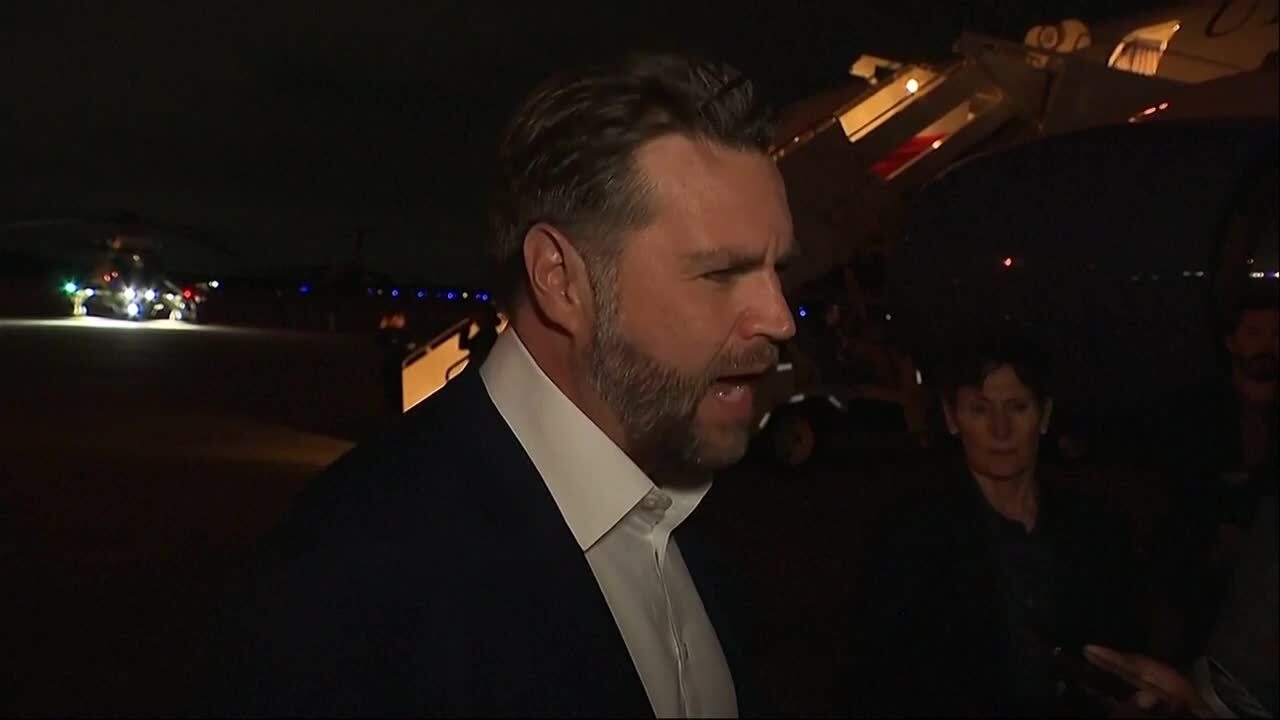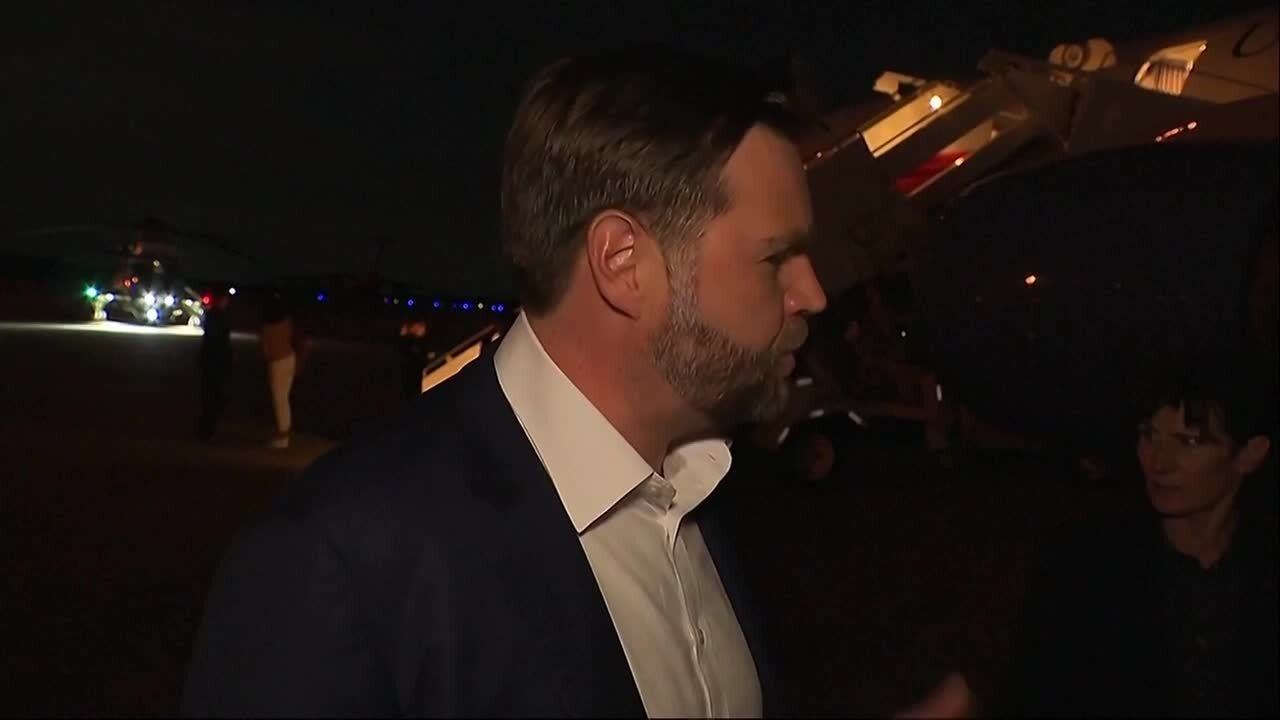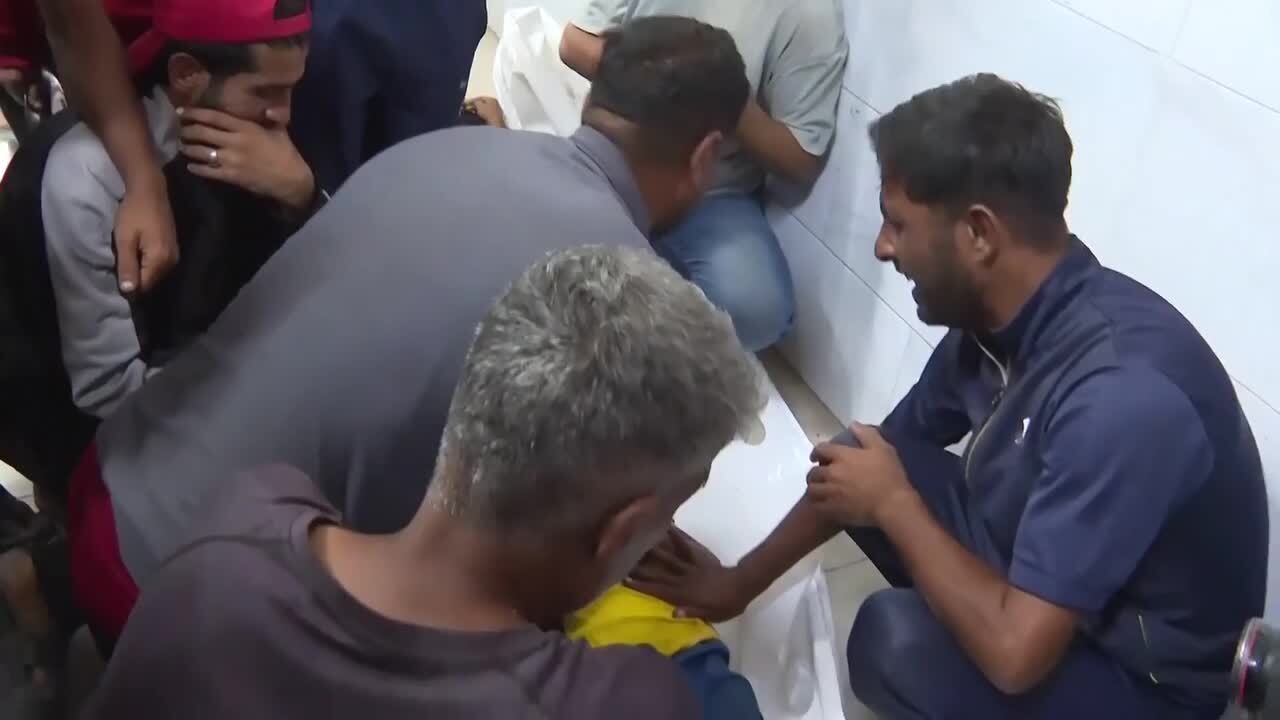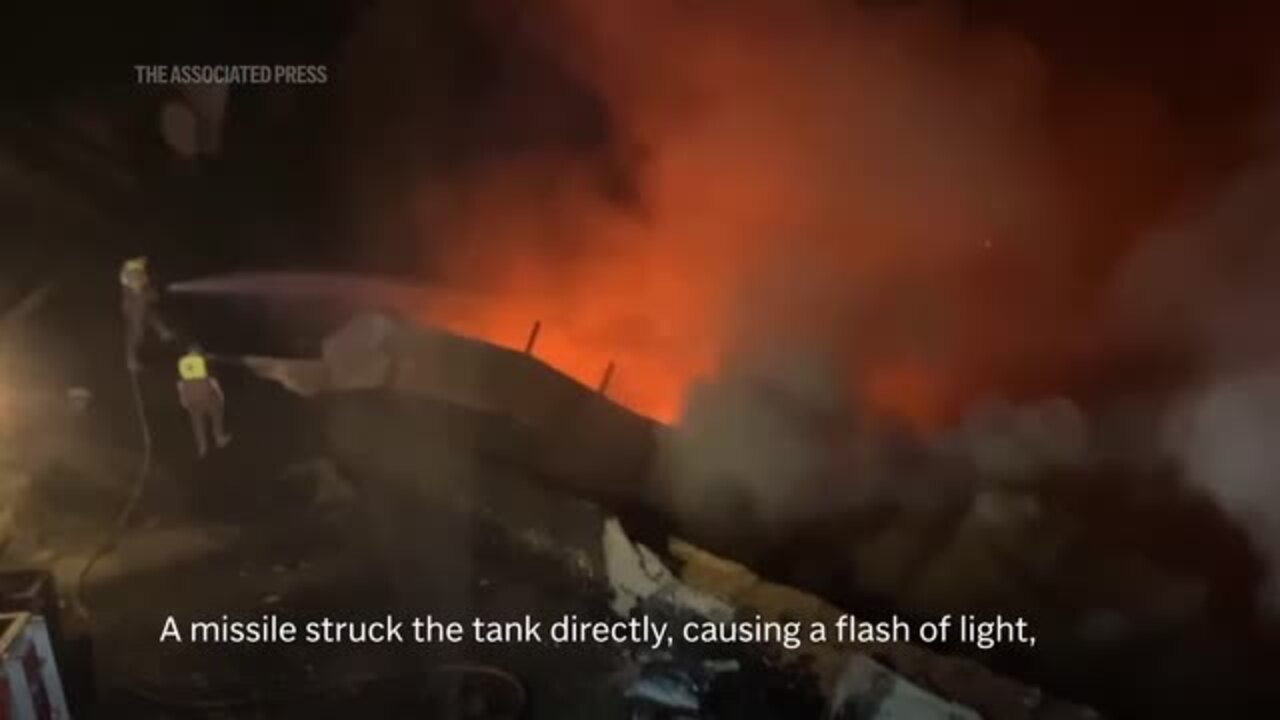If the 1979 film "Apocalypse Now" seems like an emotional roller coaster of a war movie, that's because it is, almost literally. Director Francis Ford Coppola had to put up $30 million of his own money, using his home and winery as collateral to finish the movie the way he wanted. What began as a 14-week shoot would last more than a year.
Along the way, he suffered from seizures, had a nervous breakdown and allegedly threatened to kill himself three times. One of his main characters came to the set vastly overweight and demanded to ad-lib his lines. His other main character had a heart attack in the middle of the fim.
If that wasn't bad enough, Coppola couldn't actually look at any of the scenes on set in the Philippines. Since they had to be processed in the United States, he was forced to shoot the entire movie blind. Here are just a few other facts about the movie, and how they might have contributed to Coppola's frayed nerves.
1. The Story Was Based on an 1899 Novel Set in the Belgian Congo.
"Apocalypse Now" is based on the Joseph Conrad book "Heart of Darkness," which is about a sailor traveling upriver to find an ivory trader named Kurtz who is supposedly ill and is being worshiped by the natives. Instead of killing Kurtz, which is the mission in the 1979 movie, Conrad's character is out to rescue him.
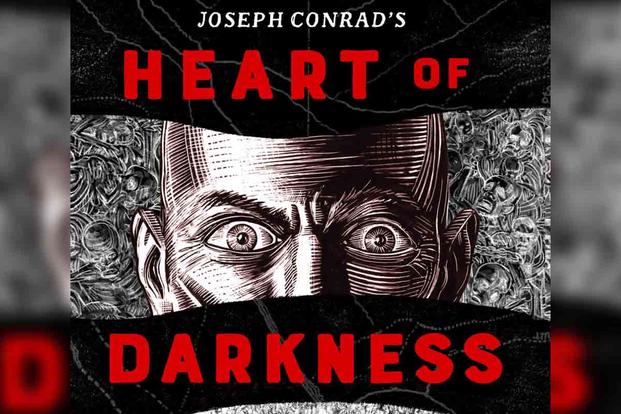
Coppola expected everyone in the film to be familiar with "Heart of Darkness," but when actor Marlon Brando arrived on set, he had neither read the book nor the movie's script. The director would spend several days reading the book to Brando during production.
2. The Rogue Col. Kurtz Is Based on a Real Person.
Robert Rheault was a West Point graduate who received the Silver Star during the Korean War. He later joined the Army's Special Forces and would command the 5th Special Forces Group in Vietnam. He was almost guaranteed a general's position, but that was cut short when he was court-martialed for the extrajudicial killing of a South Vietnamese double agent. The charges were later dropped, but Rheault's career was ruined.
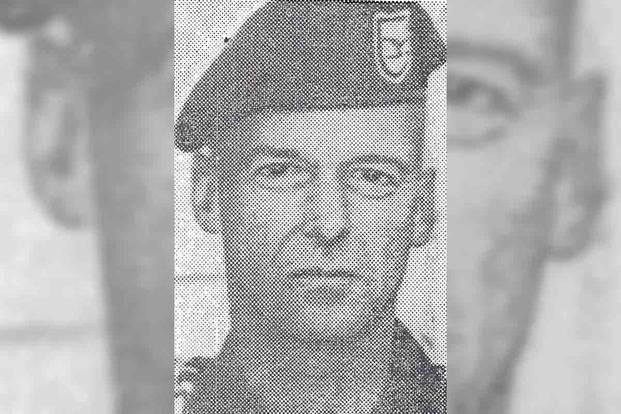
Col. Kurtz was supposed to be a fit, lithe Special Forces officer, but Brando arrived weighing 300 pounds and demanding to be filmed in shadows. Coppola got so frustrated with the actor that assistant director Jerry Ziesmer had to film his scenes.
3. The Movie Uses Real Dead Bodies as Props.
Some of the movie's scenes were intensely detailed and complex, including the helicopter assault and the arrival at Col. Kurtz's compound. For weeks, rumors flew among the production staff that some of the dead bodies were actual human remains, but most shrugged it off as just rumor.
When producer Gray Frederickson looked into the rumor, he discovered that the prop tent had acquired real cadavers from a medical school supplier. It later turned out that the supplier was actually a grave robber.
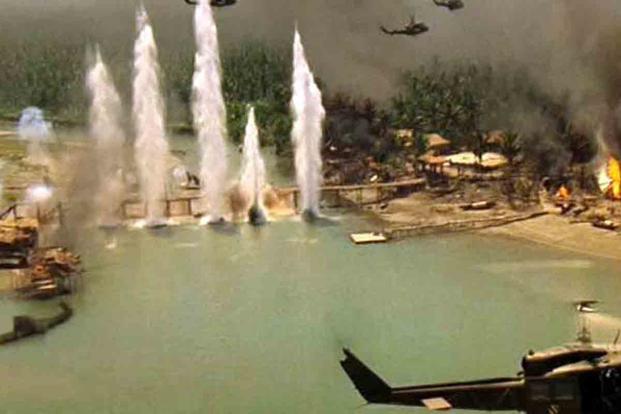
4. A Water Buffalo Is Really Sacrificed on Screen.
While filming in the Philippines, one of the local tribes, the Ifugao, was slaughtering a water buffalo as a sacrifice. The crew had provided a number of animals to the tribes as payment for filming on their land, including two water buffalo.
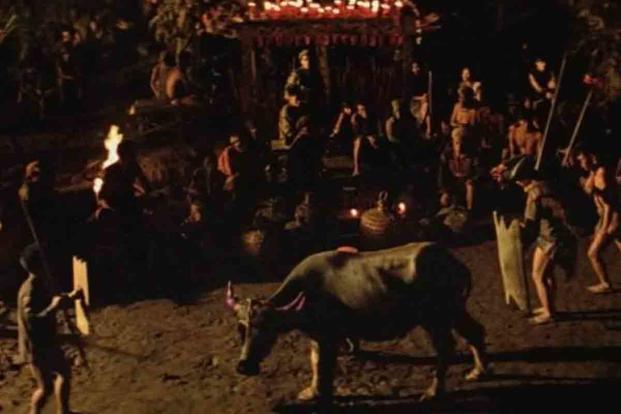
Coppola's wife filmed one of the water buffalo sacrifices. The director himself filmed the second sacrifice. He didn't direct the action; he just filmed it and included the footage in the final scenes of "Apocalypse Now."
5. Martin Sheen's Breakdown Scene Is Real.
In the beginning of the movie, Martin Sheen's character, Capt. Benjamin Willard, returns to South Vietnam after being home in the states. He is seen having a breakdown in a hotel room, where he breaks a mirror, cuts his hand and begins crying. The scene, it turns out, is entirely unscripted.
Sheen was struggling with alcoholism during the production and was drunk during Willard's breakdown scene. As Willard the character broke down, so did Sheen. Coppola tried to stop filming, but Sheen begged him to keep rolling. The result made it into the final cut of the film.
"I had done that scene at bars; I had done that scene at home," Sheen later said. "I had to come to grips with it. I had to exorcize that out of myself."
6. The Combat Troops Were Really Fighting.
The movie didn't get support from the U.S. military because of Capt. Willard's mission to kill Col. Kurtz. Instead, Coppola got the Philippine Army to provide helicopters and pilots for the production. During filming, especially the "Ride of the Valkyries" helicopter assault scene, they had to be called away for actual combat.
While "Apocalypse Now" was filming, Philippine President Ferdinand Marcos' government was busy fighting communist rebels who were fighting nearby. The movie's pilots had to be called away and were replaced by pilots unfamiliar with the production.
7. 'Apocalypse Now' Inspired Its Own Documentary Film.
While Coppola was making his magnum opus, his wife Eleanor was filming behind-the-scenes footage on her own. When any problem arose during production -- including a typhoon, Sheen's alcohol-induced heart attack, and the delays and cost overruns -- she documented the reactions of the cast, crew and her husband, the director.
In 1990, she handed the film over to two documentary filmmakers, George Hickenlooper and Fax Bahr. They interviewed cast members about the making of the movie decades later. The result was an edited documentary called "Hearts of Darkness: A Filmmaker's Apocalypse." It won numerous awards.
-- Blake Stilwell can be reached at blake.stilwell@military.com. He can also be found on Twitter @blakestilwell or on Facebook.
Want to Learn More About Military Life?
Whether you're thinking of joining the military, looking for post-military careers or keeping up with military life and benefits, Military.com has you covered. Subscribe to Military.com to have military news, updates and resources delivered directly to your inbox.
